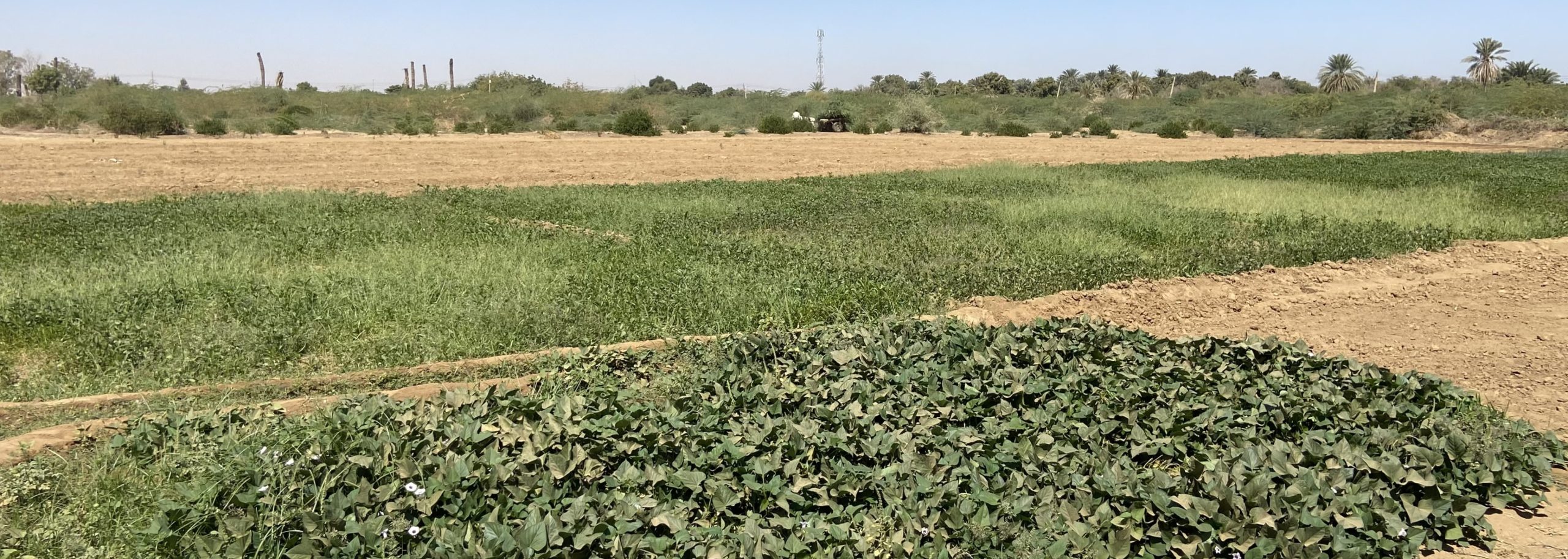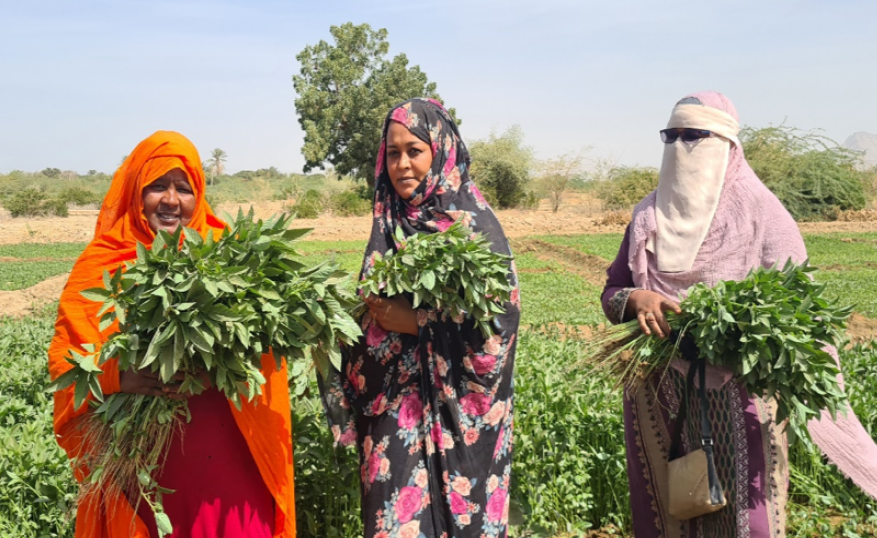Sustainable Agrifood Systems Approach for Sudan (SASAS) employs a modular and multi-crop approach to implement an integrated agrifood system that underpins food security, employment, and equity. This approach focuses on the management of soil fertility within the context of agrifood systems, with an emphasis on augmenting the productivity of smallholder farmers. It leverages the collaborative efforts of both CGIAR and non-CGIAR innovation partners to facilitate on-the-ground scaling through the engagement of last-mile partners.
SASAS transcends humanitarian response and resilience-building, evolving toward an agriculture-led economic growth model that enables the involvement of landless and marginalized populations within functional and gender-sensitive high-production value chains.
SASAS objectives
The overall objective of SASAS is to increase agricultural productivity in the targeted geographical areas, in crops, livestock, and horticulture by increasing incomes and productivity focusing on smallholder farmers and herders as well as agriculture-focused SMEs.
- Increase agricultural (crops and livestock) productivity of smallholder farmers.
- Strengthen agricultural value chains.
- Enhance community natural resource management and conflict mitigation.
Smallholder agricultural production, productivity, and profitability can be sustainably increased if these elements are locally led and if sustainable agricultural production practices are adopted by smallholder farmers to mitigate climate change. Inclusive market systems must be strengthened to provide access to diverse input and output markets. The capacity of local communities is built to manage the natural resources on which their livelihoods depend and to mitigate the disruptions caused by conflict. This will increase smallholder agricultural production and access to food, improve the resilience of agri-food systems, and reduce dependence on humanitarian assistance.
Where we operate
SASAS’s initial targeted states were Greater Khartoum, South Kordofan and Blue Nile, and has expanded to 5 states: Kassala, Gadaref, Gezira, Sennar, and White Nile.
We aim to improve food security and access to income-generating opportunities through the adoption of sustainable agriculture practices and promotion of agri processing and post-harvest management, focusing on supporting smallholder crop and livestock farmers to adapt their farming activities to changes in the climate, exposure to abiotic pressures, and diversification of the range of cultured crops to further cushion themselves from climatic vagaries, reduce produce loss post-harvest, and improve market participation, and functionality. Women and youth are supported to increase income generation activities and access to economic resources.
Resources:
- Sudan’s agrifood system: Structure and drivers of transformation.
- Sudan’s agrifood system: Structure and drivers of transformation [in Arabic].
- Policy Brief: Transformation of Sudan’s agrifood system structure and drivers.
- The architecture of the Sudanese agricultural sector and its contribution to the economy between 1990 and 2021.
- Survey of Farmer Capacities and Intentions in South Kordofan and Blue Nile, Sudan (with SASAS).


 Capacity development
Capacity development